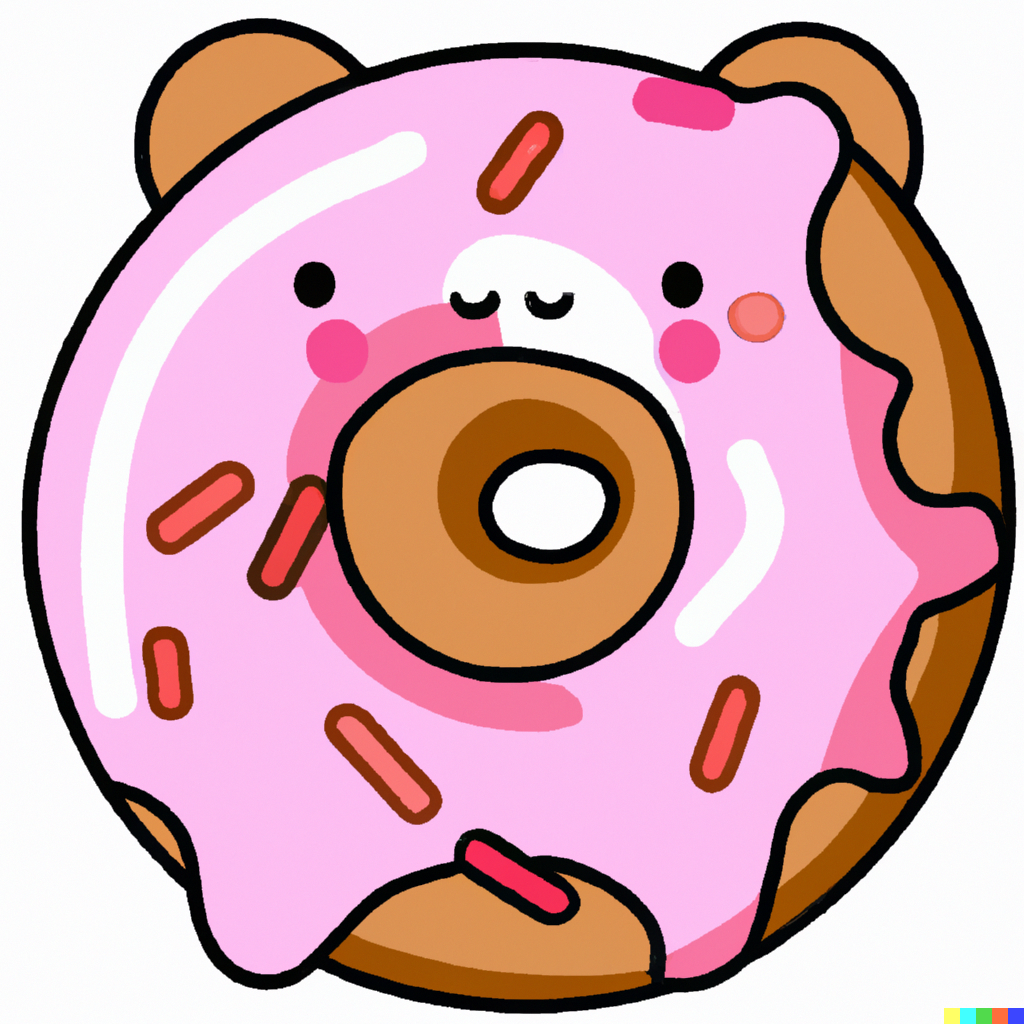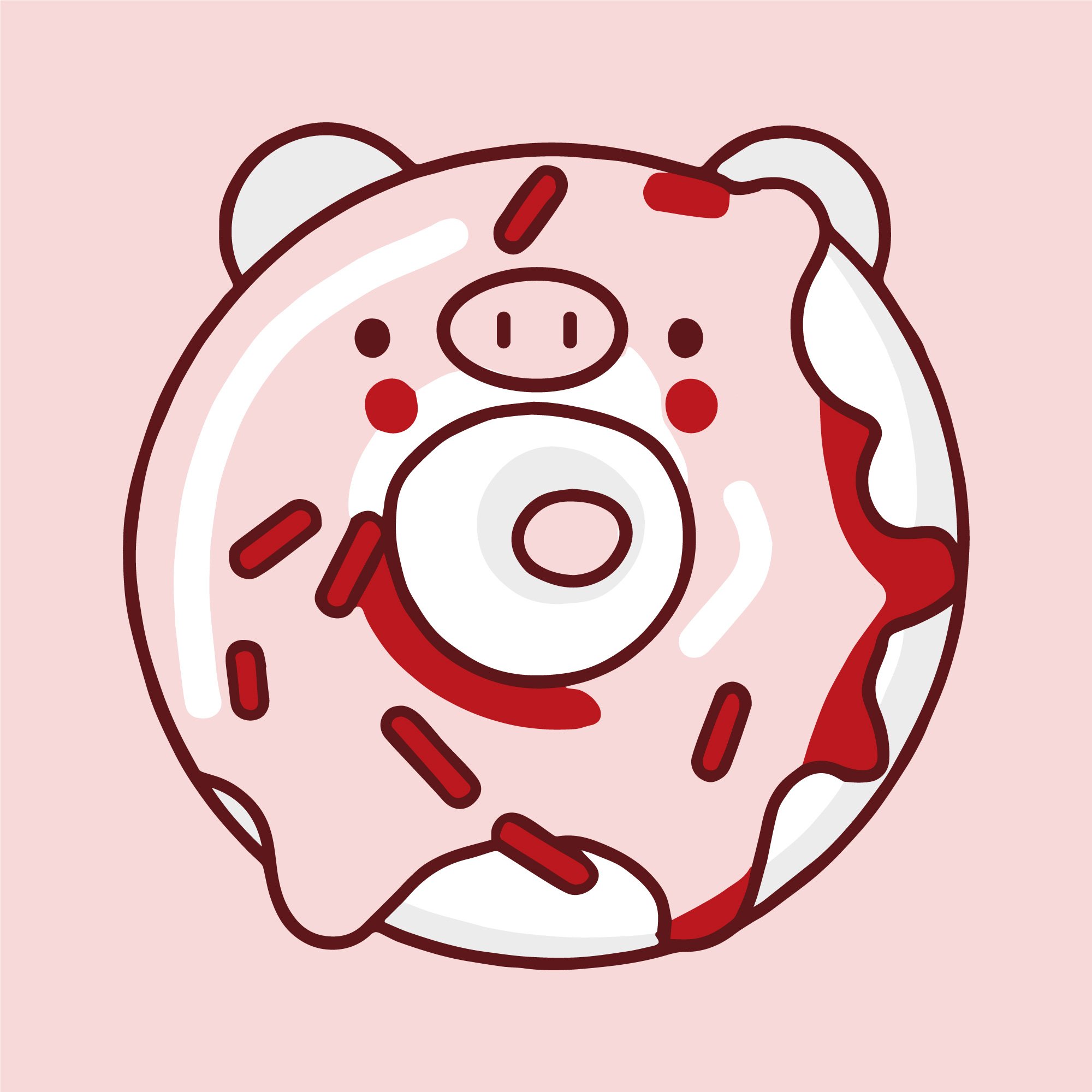Design Against the Machine: Can Designers Work Alongside AI?
You can now create a bespoke illustration in seconds. Just type a few words into an online application, and you’ll be presented with a gallery to choose from. Sounds idyllic, right? Too good to be true? Possibly! The rise of artificial intelligence (AI) is raising a few eyebrows (and questions) within the creative industry.
The leading platform is DALL-E, a neural network. It can mimic the operation of the brain to transform text into an image. The software was fed millions of internet-sourced references to teach it how to create pictures. It can now create a visual of something as random as a piggy doughnut.
We’re living in a digital world with AI in common usage. So, should organisations leverage DALL-E OR continue to partner with creative practitioners?
AI leaves illustrators, designers and photographers in an awkward situation as their work can be easily replicated at low cost. DALL-E has been trained to produce unique imagery, such as a blue Scottish Fold in the style of Van Gogh, using artwork sourced from the internet. However, it’s unclear who owns the copyright to these visuals. DALL-E’s images are computer-made; with users inputting only an idea, it’s unlikely to produce copyrightable results. It leaves them in no man’s land, the public domain (Rizzo, 2022).
Above: a computer-generated image of a blue Scottish Fold in the style of Vincent Van Gogh.
We may consider whether the role of a designer now needs to change. Yet, a designer’s skill still holds strength and value. Unlike AI, we can create ideas from strange and diverse reference points. Inspiration spontaneously hits as we interact with society. Software like DALL-E (digital image generator) doesn’t have the mood-board of life as humans do.
“We can adopt AI as a partner in experimentation, a tool to support work.”
AI can execute specific tasks. However, it’s not great at taking what it’s learnt and applying it to different environments. Designers still need to interact with the tools to make them work appropriately in context (Ibrahim, 2022). It doesn’t have a heart, and this is what creatives bring to their work. The heart brings character and culture. In turn, this creates masterpieces. Therefore, we can adopt AI as a partner in experimentation, a tool to support work. It allows the creative to focus solely on developing imaginative ideas.
We asked DALL-E to create an illustration of a cute piggy doughnut. We used the original illustration as the foundation for further iterations. The second image shows how we had to adapt this to ensure it was on-brand for Buttercrumble. These alterations were completed by us using Adobe Illustrator.
Moreover, AI can’t converse with clients and stakeholders. It doesn’t respond to feedback to adapt an image or offer further recommendations. Instead, you must start the process again by inputting a more specific description and crossing your fingers. It’s a visual lucky dip!
Artificial intelligence is here to stay and develop, so it’s crucial to find ways to utilise it ethically. We believe DALL-E can be a tool to create quick concepts to be further reviewed and developed by professionals. The human relationship between user and maker is essential when developing visuals, whereas the dialogue with DALL-E is one-way. With this in mind, where do you stand — with or against the machine?
Our studio is open to chit-chat. We can create bespoke illustrations and designs without the glitches and copyright licence headaches. Get in touch to start the creative process and spark your imagination.
References
Ibrahim, A. 2022. Machine Learning: Are Designers Even Needed Any More? It’s Nice That. [Online]. 17 August. [Accessed: 30 September 2022]. Available from: here.
Rizzo, J. 2022. Who Will Own the Art of the Future? Wired. [Online]. 27 July. [Accessed: 11 November 2022]. Available from: here.
Taylor, J. 2022. From Trump Nevermind babies to deep fakes: DALL-E and the ethics of AI art. The Guardian. [Online]. 18 June. [Accessed: 10 November 2022]. Available from: here.



